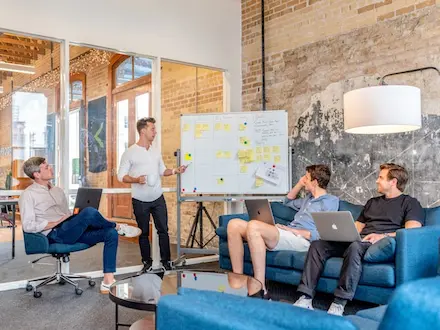
In the rapidly evolving world of architectural visualization, achieving photorealism requires staying current with the latest techniques and technologies. In this comprehensive guide, I'll share my professional workflow for creating stunning, lifelike renderings in 2025.
1. Start with Accurate Modeling
The foundation of any photorealistic rendering begins with precise 3D modeling. Whether you're working from architect's CAD drawings or creating original designs, attention to detail at this stage is crucial.
Pro Tip:
Use real-world measurements for all elements and pay special attention to structural details like window frames, door handles, and railings.
2. Material Realism
Materials make or break photorealism. In 2025, we have access to incredible material scanning technologies and advanced shaders.

Final Thoughts
Photorealism in architectural visualization is an art that combines technical skill with artistic vision. By implementing these 2025 techniques and continuously refining your workflow, you can create renderings that are virtually indistinguishable from photographs.


Discussion (4 Comments)
Great tutorial! The material section was especially helpful. I've been struggling with realistic wood textures and your tips made a huge difference in my latest project.
Thanks Michael! For wood textures, I'd also recommend checking out Substance Source - they have some amazing scanned materials that can save you hours of work.
Do you have any recommendations for lighting setups when working with interior scenes? I find that's where my renderings often fall short of photorealism.
This is exactly what I needed! The comparison images really show the difference proper materials can make. Looking forward to trying these techniques in my next project.
Leave a Comment